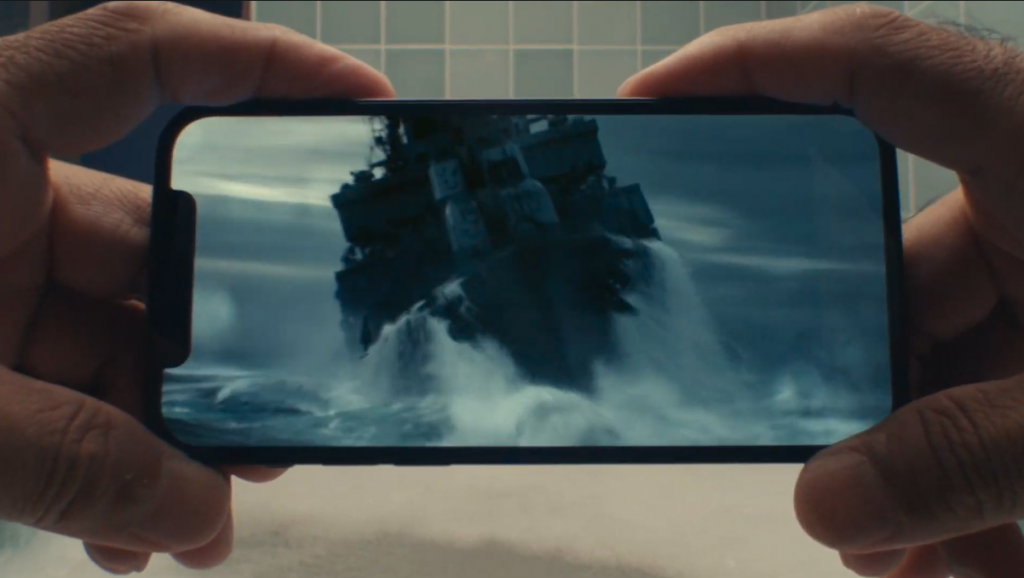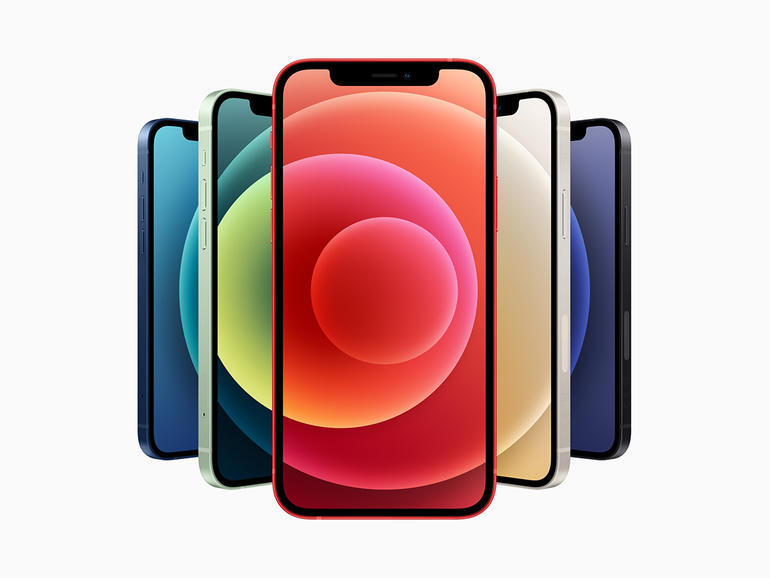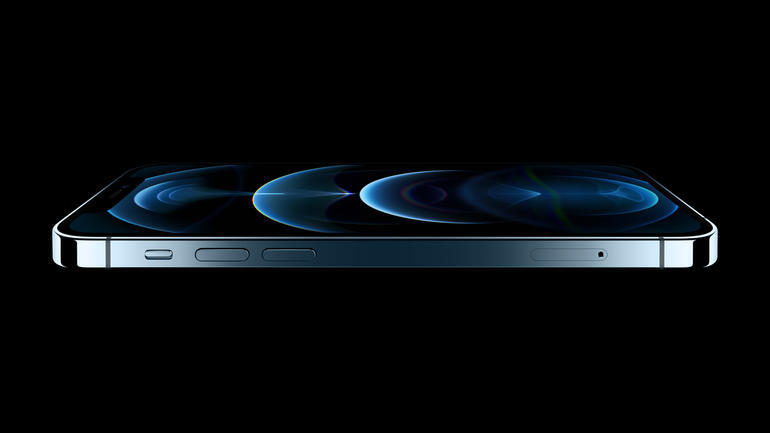Honestly, if you were to put Apple’s iPhone 12 and 11 next to one another, I wouldn’t judge you for being a little confused. On the outside, they look remarkably similar. To such an extent that it almost feels like Apple’s parodying itself by actually making a phone that’s identical to the last model. Yet appearances can be deceiving and the iPhone 12 is certainly a different beast to its older sibling.
So if you’re at all interested in what the difference is, take our hands as we guide you through Apple’s production and figure what exactly separates the iPhone 11 and iPhone 12.
Also, before we get started, please understand that it is being written before we actually get our hands on the iPhone 12. This is all from the perspective of tangible, technical differences so just bear that in mind before you leave some kind of angry comment.
Design
Yes, this is the factor where the iPhone 12 and 11 are probably most similar. Yet that doesn’t mean there aren’t factors that properly differentiate the two. Firstly, perhaps the biggest difference is that the rounded frame of the iPhone 11 has been ditched for a more flat, angular design. If you’ve seen or held an iPhone 5 then you already know exactly what to expect. Beyond the angles, the iPhone 12 is also lighter, thinner and shorter than the iPhone 11.
The screen on the iPhone 12 is also more durable, supported by Apple’s new Ceramic Shield glass, made in conjunction with Corning. This ceramic-infused glass supposedly gives the phone a 4x better drop survival rate, something we wish more phones could adopt. The iPhone 12 is also apparently better suited for falls in water as it’s able to survive for 30 minutes at about 6 metres deep, a significant improvement over the 2 metres the iPhone 11 could endure.
Screen
The screen on the iPhone 12 is probably the biggest overall improvement on the iPhone 11. The iPhone 12 sports a 6.11″ screen that outputs at a resolution of 2532×1170 which is a major step up from the iPhone 11’s 1792×828 LED display which many considered to be especially disappointing given that other smartphone companies were offering better screens at a much cheaper price.
The iPhone 12 also has the advantage of using an OLED screen, which should be able to output brighter colours, deeper blacks and a more noticeable contrast. Given the improved resolution, it should make for a device that’s much better to look at.
Camera
Okay, on this category you got us dead to rights. The camera on the iPhone 12 appears to be identical to that of the iPhone 11. Both phones sport a dual 12-MP main camera system with wide and ultra-wide sensors. It’s strange that Apple hasn’t attempted to upgrade the camera more thoroughly but there have been some minor improvements, especially in terms of video capture. The iPhone 12 will feature Dolby Vision HDR recording and a functional night mode camera.
Performance
This is one of those times where we have to refer back to that disclaimer at the beginning because, honestly, we have no idea how the iPhone 12 performs. We know how it should perform based on the specs of the device and based on those internals, it should be an absolute beast. The A13 Bionic is the most powerful smartphone chip in the world and is estimate to operate 50% faster than any other phone CPU or GPU on the market.
The 5G network support is also a big addition for Apple’s hardware as the iPhone 12 will be the first phone produced by Apple to offer 5G connectivity. All this is to say that the iPhone 12 should be even faster than the iPhone 11 which was already a very quick device.
Battery
Yeah, you got us again. The battery in the iPhone 11 and 12 is essentially identical. The iPhone 11 is able to withstand 17 hours of video playback and the iPhone 12 should be able to do the same. Both come with a baseline of 64GB of storage which can be upgraded to 128GB and 256GB with some extra cash. So not too much of a difference there, really.









